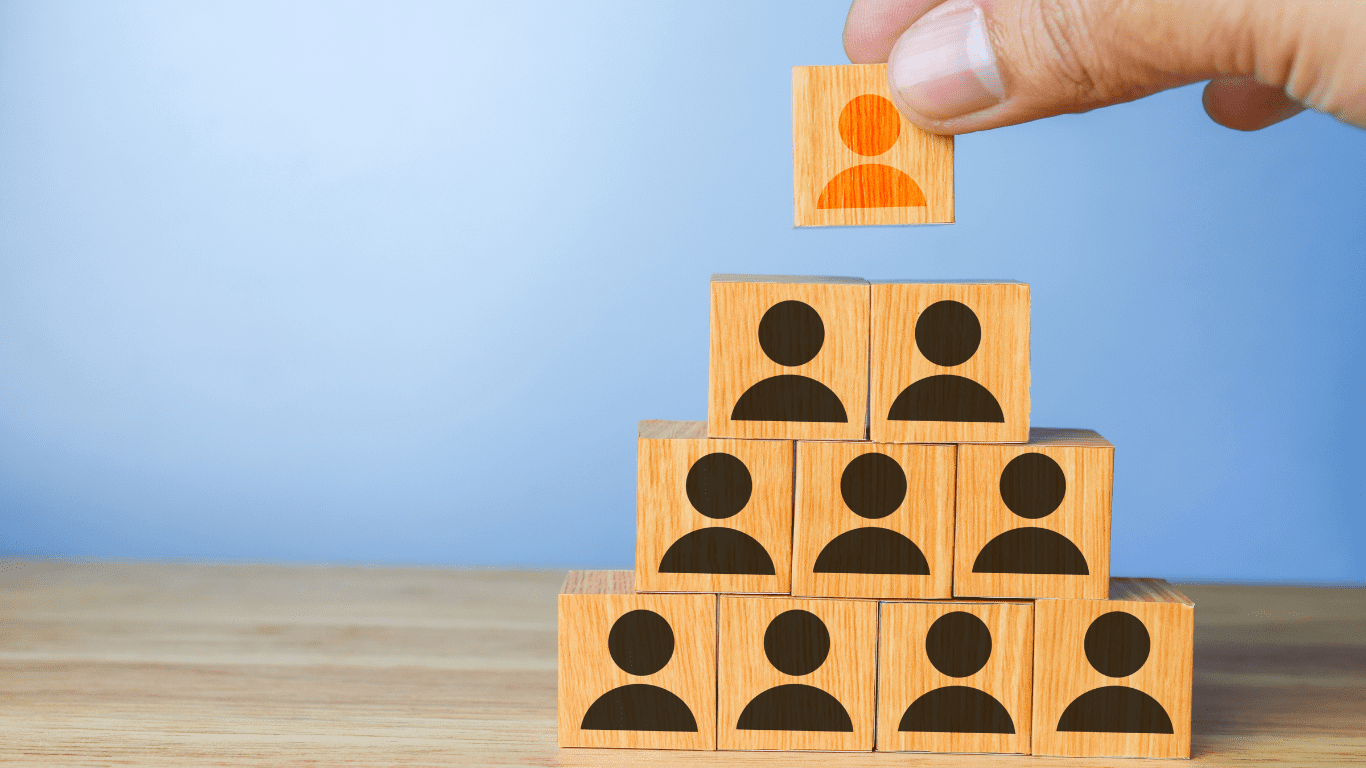Mastering Email Management: A Step-by-Step Approach
Are you tired of feeling overwhelmed by your overflowing inbox? Are you afraid to take a break from email in case you miss an important message? If so, you're not alone; email can be a massive source of stress in the workday. But it shouldn’t feel like that; this communication tool can help you work more efficiently and effectively. In this article, we'll explore practical strategies to help you regain control of your inbox and enjoy a more productive and stress-free workday.
Here are just a few of the things email can help you do:
- It can help you get your questions answered.
- It can keep you in the loop regarding things you need to know from your team and the company.
- It enables you to share your message quickly.
The key to working well with email and managing your inbox is to start focusing on the conversations happening. The minute you approach your inbox from this perspective, instead of a list of things on screen, everything changes.
Folder Organisation: The Key to Inbox Mastery
The first step to gaining control of your inbox is to create a simple structure with four folders: Inbox, Sent, Filed, Drafts, and Holidays. This system will help you stay organised and ensure you can easily find and manage your emails.
- Inbox: This is the default folder where all your incoming emails appear. Unless you have created a rule to direct them elsewhere, your unread emails and emails that need your attention should be here.
- Sent: This folder contains all the messages you sent.
- Filed: You can use this folder to move emails you have already read and don’t require any follow-up action. It helps you keep your inbox organised and clutter-free
- Drafts: This folder allows you to save your message as a draft before sending it. You can refine and improve your message before hitting the "send" button.
- Holidays: This folder is helpful when you are away from work and unable to check your email. You can use this folder to temporarily store emails received during your vacation, making it easier to catch up when you return.
The days of nested folder structures are over, as the search functionality within email tools helps you find what you need based on the conversation's participants, timeline, or content.
Limiting the number of folders you have results in time wasted trying to decide where to put an email you have read (which often means it stays cluttering your inbox),
Prioritising Conversations, Not Timestamps
It's common to sort your email inbox by timestamp, which means you prioritise the newest emails over the most important ones. Instead, try sorting your inbox by "From" to identify key contacts and stakeholders. This way, you can address their needs first, ensuring you're responsive to the people who matter most.
Once you've handled emails from your priority contacts, the next step is to sort by subject line. This will help you identify recurring topics or projects that require your attention.
Finally, you can sort by date. You can focus on clearing the older emails first or staying on top of any new ones.
Following this process for reviewing emails is an easy way to stay organised. Changing the order of the messages requires no more than a few clicks, but it allows you to tackle emails more strategically.
The Power of Drafts
Resist the urge to reply to emails as soon as they arrive. Instead, take a moment to draft your response. This serves two purposes:
- It allows you to gather your thoughts and craft a more thoughtful, comprehensive reply, reducing the likelihood of back-and-forth exchanges.
- It prevents you from contributing to the "cycle of responsiveness" – the tendency to reply quickly, which can lead to an endless loop of rapid-fire emails.
By taking the time to draft your emails, you're respecting the recipient's time and setting yourself up for success.
The Holidays Folder: Separating the Past from the Present
The "Holidays" folder is a game-changer in managing your inbox. Whenever you're away from your desk, whether it's for a vacation, a conference, or a personal matter, move all emails that arrived during this period to the ” Holidays” folder. This keeps your current inbox focused on the present, allowing you to address new messages efficiently.
When you return, review the "Holidays" folder and follow up on any outstanding issues or queries. Once you've addressed these, you can safely move the emails to your "Filed" folder and start with a fresh inbox. This simple tip can help you stay organised, reduce stress, and prevent important emails from slipping through the cracks.
Related reading: Switching off from work with a pre-holiday routine
Embracing Email as a Collaborative Tool
Remember, your email and inbox are tools designed to facilitate communication and collaboration, not to cause stress. Approach them with a partnership mindset, just like any other team member. Invest time in understanding your email software's latest features and updates – you may uncover functionalities that can streamline your workflow.
By implementing these strategies, you'll regain control of your inbox, reduce stress, and focus on the conversations that truly matter.


